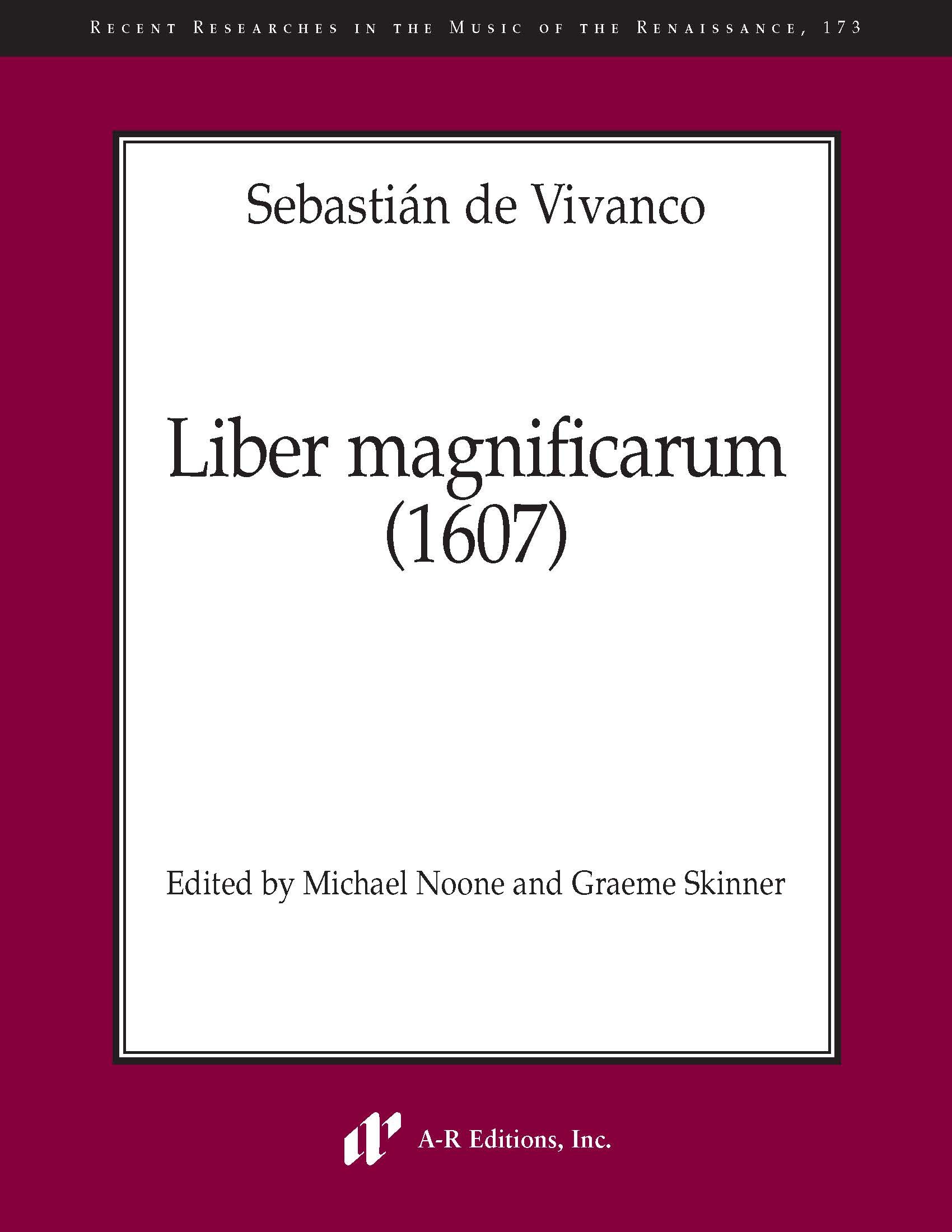Recent Researches in the Music of the Renaissance, 173
Edited by Michael Noone and Graeme Skinner
xxiii + 277pp.
ISBN 978-1-9872-0531-2. $360
Click HERE to buy this from the publisher’s website.
[PLEASE NOTE: This link is NOT sponsored]
Anyone who has studied Renaissance polyphony knows that composers of the period devised the most cunning contrapuntal devices to allow a musical phrase to be used and re-used simultaneously backwards and forwards, upside down, and in different note values, mostly without the listener even realising. If Sebastián de Vivanco has been somewhat overshadowed by his Avilan contemporary, Victoria, it most certainly was not on account of his polyphonic prowess. The present volume contains no fewer than 18 settings of the Magnificat (two in each of the eight tones, one setting the odd verses, the other the evens, plus two extras for the most popular 1st and 8th tones). Most are for four voices, but there are two for five, three for six, and one for eight. There are also two settings of the versicle to the Magnificat, “Benedicamus Domino” (one each for four and five voices, the former printed in no fewer than four different possible realisations of the canons). An appendix printed the three perpetual canons without texts and a three-voice canon on “Christum regem pro nobis” which form the frame to the portrait of the composer that appeared on the title page of the original Salamancan print.
If you plan to perform this music, you should be aware that even pieces indicated as being for four or five voices are not always exactly that; particularly the “Gloria Patri” sections throw in canons whose resolutions produce extra voices (up to eight) – in the case of No. 8 (a setting of the odd verses), this also involves the inclusion of other texts: the Vespers hymn, “Ave maris stella”, the antiphon at Lauds, “Ave Maria, gratia plena”, and “O gloriosa Domina”, a hymn also from the service of Lauds. Such polytextuality did not bother composers of the period, and this integration of them all into an already complex polyphonic texture is a real tour de force. The extraordinary cost of this volume is going to dissuade most choirs from exploring the repertoire, which is more than a great shame; since A-R Editions offer off-prints of each of the three masses in a previous volume, perhaps eventually they can be persuaded to make some of these works more practically available too?
Brian Clark
